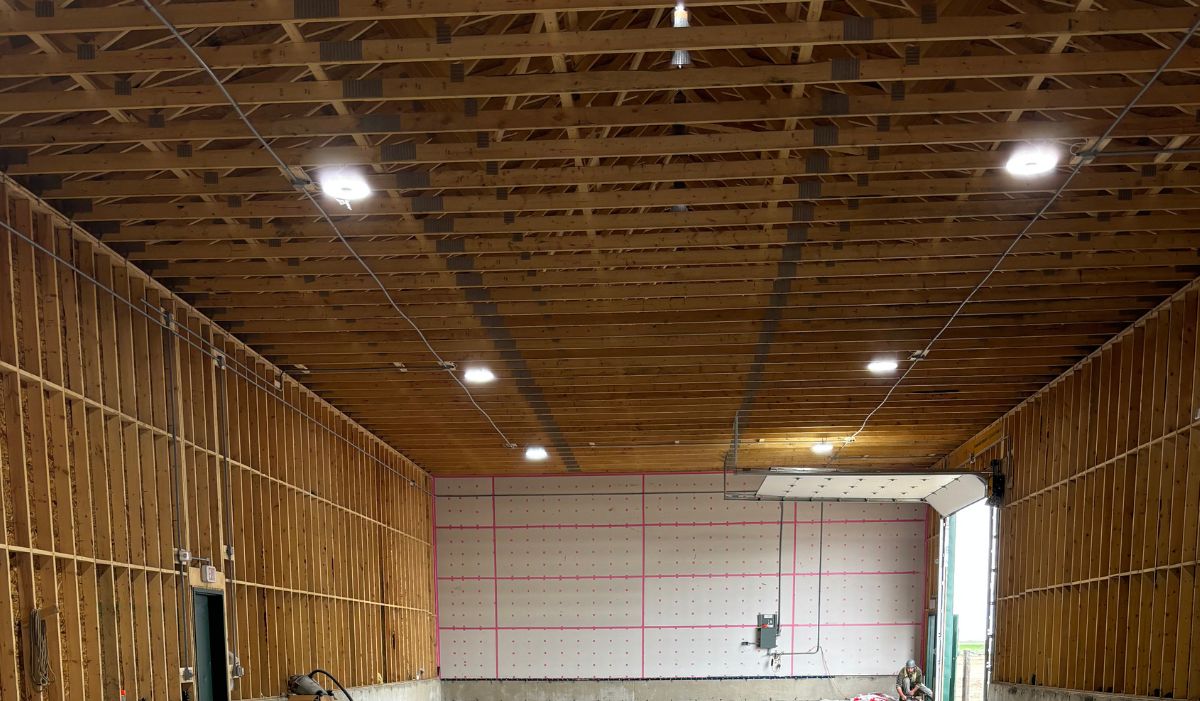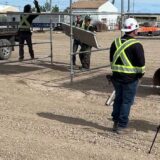Essential Frame Scaffold Safety: 10 Tips for Preventing Accidents on Construction Sites
Ensuring safety on construction sites is paramount, especially when it comes to working with frame scaffolds. Accidents are preventable with the right measures and practices in place. In this blog, we outline vital tips that can help maintain a safe working environment, reducing the likelihood of accidents and injuries.
1. Understand Load Capacities
Knowing the load capacity of your scaffold is crucial. Overloading can result in dangerous collapses. Always ensure that the weight distributed across the scaffold does not exceed its designed capacity. A common challenge affecting scaffolds is overloading, which can compromise not just the stability of the scaffold but also the safety of those working on it. To mitigate risks, implement a strict protocol for monitoring the load being placed on the scaffold at all times.
Beyond simply understanding the maximum weight a scaffold can bear, it’s vital to educate the workforce about these limits. Having a clear, communicated understanding among all workers minimizes the risk of unintentionally overloading the scaffold. Further, having instructional signage on the scaffold itself can serve as a constant reminder of its load capacity. In high-pressure, deadline-driven environments, these reminders can make a significant difference.
2. Regularly Inspect Scaffold Components
Frequent inspections of scaffold components can catch potential failures before they lead to accidents. Check for any signs of wear or weakness in the fittings and frames. In the cold climates and challenging terrains often encountered in Canada, scaffold components can degrade faster. Regular inspections ensure that any weaknesses or signs of wear are addressed swiftly, maintaining optimal scaffold integrity throughout the construction process.
It is recommended that scaffolds are inspected at least once a week and after any substantial alteration to the structure. Inspections should cover every aspect of the scaffold, from its base to its joints. Forgoing regular inspections could lead to hazardous conditions that might not be apparent at first glance. Utilize a checklist during these inspections to ensure no detail is missed, thus safeguarding against potential safety violations.
3. Ensure Proper Assembly
Proper assembly is fundamental to scaffold safety. Following manufacturer instructions and using appropriate tools ensures a stable and secure scaffold structure. It’s not uncommon for accidents to stem from simple assembly errors—using an incorrect brace or failing to tighten a joint fully can reduce the structure’s overall stability. Those assembling should be thoroughly trained and follow standardized procedures meticulously.
Always conduct a final inspection after assembly to ensure every component is securely in place. Having a second set of eyes evaluate the scaffold post-assembly can mitigate human error. Training sessions on correct assembly techniques should be revisited regularly to ensure familiarity with any updated protocols or procedures that emerge in the field.
4. Opt for Stable Ground
Stability starts from the base. Ensure the scaffold is erected on stable, level ground. Avoid soft or uneven surfaces that can cause instability. In instances where the ground isn’t ideal, consider using base plates to provide a more even foundation and distribute weight more evenly. Proper grounding enhances the scaffold’s ability to support the load without causing unnecessary stress that could lead to structural failure.
In some project sites, reaching stable ground may pose a challenge due to site-specific conditions. In these cases, utilizing adjustable screw jacks can provide the necessary leveling adjustments to ensure a safe and stable foundation. Evaluating the site’s topography before selecting the scaffold location presents an opportunity to choose the safest possible starting point, minimizing complications as construction progresses.
5. Utilize Guardrails
Guardrails serve as an essential line of defense against falls. Make sure they are properly installed along open sides or ends of the scaffold. Ensuring that every scaffold has guardrails with adequate height and spacing can prevent accidental oversteps, especially under poor visibility conditions or during busy work periods. They are as important to frame scaffold safety as helmets and harnesses.
Aside from fall prevention, guardrails provide an additional physical boundary that can psychologically deter workers from stepping beyond the safe confines of the platform. Always check the condition of guardrails during routine inspections to ensure they’re intact and fully functional. Height-adjustable guardrails allow for versatility depending on the specific task requirements, maintaining safety standards without restricting operational flexibility.
6. Employ Trained Personnel
Only trained personnel should assemble and work on scaffolds. Proper training ensures that those involved understand the inherent risks and safety measures. Engaging in continuing education and workshops will help workers stay informed about the latest safety techniques and equipment updates. Organizations like the Saskatchewan Construction Safety Association often provide resources and training to enhance site safety.
Training doesn’t stop at technical knowledge; it extends to building a culture of safety mindfulness among all levels of personnel, including supervisors. Holding regular safety meetings, such as Tool Box Talks, is an excellent way to keep safety at the forefront of workers’ minds. These sessions also serve as a platform to discuss incidents, learn from mistakes, and reinforce safety practices.
7. Maintain a Clear Scaffold Area
Keep the area around the scaffold clear of debris or materials that could pose a tripping hazard. A clean workspace is a safe workspace. Removing obstacles not only prevents accidents but also allows workers to focus on their tasks without distractions or avoidable hazards. Establishing a daily cleaning schedule can make maintaining a clear area around scaffolds simple and systematic.
Ensure that any tools or materials being used do not inadvertently obstruct pathways, particularly those designated for emergencies. When scaffolding is built in congested areas, having defined walkways and marked hazardous zones can help in managing both worker safety and workspace organization effectively. Setting up safety nets can further protect individuals from falling items, supporting a safe working environment.
8. Use Safety Harnesses
In cases where guardrails may not suffice, ensure workers use safety harnesses. These provide additional security and significantly reduce the risk of falls. Safety harnesses should be securely attached to anchor points that meet or exceed the necessary load ratings. Regular checks are needed to confirm that harnesses and anchor points are in excellent condition, free from wear and compliant with safety standards.
Equipping workers with individually fitted harnesses ensures each one functions as intended, enhancing the safety of those working at height. Harnesses should be an integral part of a worker’s personal protective equipment. Training on properly wearing, adjusting, and maintaining these harnesses should be part of regular staff orientation and ongoing safety training programs.
9. Plan for Weather Contingencies
Weather conditions can greatly impact scaffold safety. Be prepared with contingency plans to secure scaffolds during adverse weather such as high winds or rain. Implementing such plans includes removing or securing loose materials on the scaffolds that might become hazardous in inclement weather conditions and designating sheltered areas for workers to avoid unnecessary exposure.
Monitoring weather forecasts allows site managers to anticipate disruptions and take proactive steps in securing all vulnerable equipment and structures. Additional measures such as installing wind break barriers around scaffold sites can mitigate impacts from high wind conditions, ensuring both the scaffold integrity and safety of the workers. Ongoing communication about weather impacts is crucial for maintaining high safety standards.
10. Secure Tools and Materials
Prevent tools or materials from falling by securing them when working on the scaffold. This reduces the risk of injury to workers below and maintains a safe environment. Utilization of tool lanyards or tethering systems is highly recommended to avert unintentional drops while maintaining efficient workflow. This practice aids significantly in reducing potential injuries and minimizing project delays due to accidents.
Having designated storage areas on or near the scaffold for materials in use is a practical way to minimize clutter and potential falling hazards. Enforcing a policy where only necessary tools are brought up to the scaffold can further refine workflow and ensure workers’ focus remains sharp. Mobile tool storage hotspots on scaffolds can improve safety while simultaneously enhancing accessibility and operational efficiencies.



